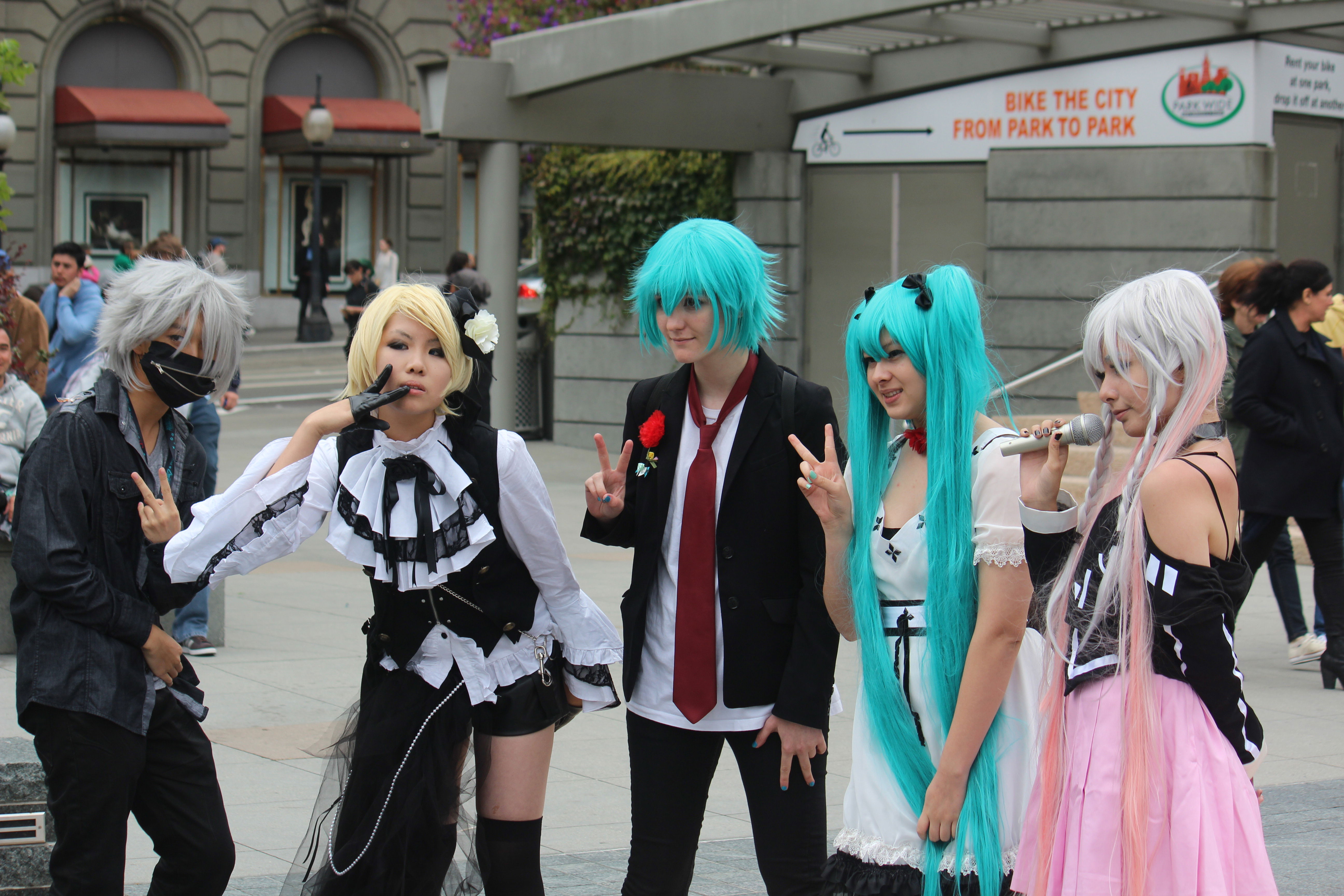What is Japan known for in music? Japan has the second-largest music market in the world!
While being the creators of karaoke, the 2 billion-dollar Japanese music industry arrives with a reputation for its assortment of musical genres that include J-pop, J-rock, Japanese reggae, Japanoise and some of the best Game Music the world has come to know of and embrace. In this article, the reader will be taken through the fundamentals of Japan’s music industry while paying close attention to its main influences and sources.
The evolution of J-pop and J-rock

Harajuku Style Fans at J-Pop Summit | Image via Wikimedia Commons
The musical genre made up of J-pop and J-rock made its way into the country’s music scene during the 1990s and its origin was considered deeply entrenched in traditional Japanese music that went back to the 60s. However, the achievements of The Beach Boys and The Beatles led to local rock brands the likes of Happy End merging the nuances of Japanese music and rock with great success come the 70s.
During this period, the said genre was bolstered by the introduction of the pop rock band who called themselves the Southern All Stars and especially, the efforts of the electronic synthpop band – Yellow Magic Orchestra. Thus, a bandwagon was created backed by the local media who weighed in with their support by helping differentiate Japanese music from foreign music.
An injection of momentum and interest from Jamaican reggae
Though, on record, The Pioneers are noted for being the 1st reggae band to have performed in Japan in 1975, it was not until 1979 that such a groovy and catchy genre moved oceans from beautiful Jamaica en route to the Land of the Rising Sun. Importantly, it was a collaborative effort of the late Bob Marley and Japanese percussionist Pecker, who decided to record the album titled Pecker Power that heralded the beginning of a new age in Japan’s music industry.
With artists of the calibre of The Wailers, Marcia Griffiths, Naoya Matsuoka, and Minako Yoshida contributing, the album had the desired effect and soon, Japanese reggae began playing out to large crowds in concert halls and stadiums across the country.
Freedom of expression – 'Japanoise'
Born out of the phrases “Japanese” and “noise,” Japanoise made its presence felt during the 1980s and is currently one of the most listenable musical genres that has its own following in the nation even to this very day. From the punk melodies of Hanatarash, and the tabletop electronics of Merzbow & Incapacitants to the improvised styles and high energy associated with the performances of Hijokaidan; Japanoise is not what you would generally expect from a heavy metal band coming out of Europe or the United States of America. On the contrary, this style of music prides itself on jamming as loudly as possible for ridiculously long periods of time.
Awe-inspiring anime music
Found on a majority of local anime television episodes and specifically, on the opening and credit sequences; Japanese rock and pop songs are now very much part and parcel of popular storylines and plots. These songs and melodies are used in an attempt to create a greater emphasis on a certain section of an anime TV episode especially, in and around scenes that play a pivotal role in developing and driving home the plot. Also, referred to as background music, Japan’s anime music scene is very much a part of the culture that you will learn to acknowledge and respect with time and patience. For example, if you want to stay in a music-savvy environment inspired by Shinjuku’s district of Kabukicho, then look towards reserving your stay at HOTEL GROOVE SHINJUKU which is one of the best hotels in Shinjuku.
Video game music
Video game music, or simply game music, is one such style that has accompanied video games ever since Xevious became the 1st game to ever take credit for its music. However, Dragon Quest is said to have ushered in a brand-new age of video game music where serious consideration was given towards developing proper and viewer-friendly soundtracks that led to a more engaged gaming experience.
With this project, the efforts of Koichi Sugiyama ought to be commended, for before this point, music was often neglected when it came to the task of creating video games. Sugiyama went to work and used an 8-part polyphony to create a soundtrack that did not hinder or tire the player, regardless of the duration of the game. Furthermore, the rock tunes and melodies of Nobuo Uematsu cannot go unnoticed, and his work on Final Fantasy is thought to be that of a sheer genius.
